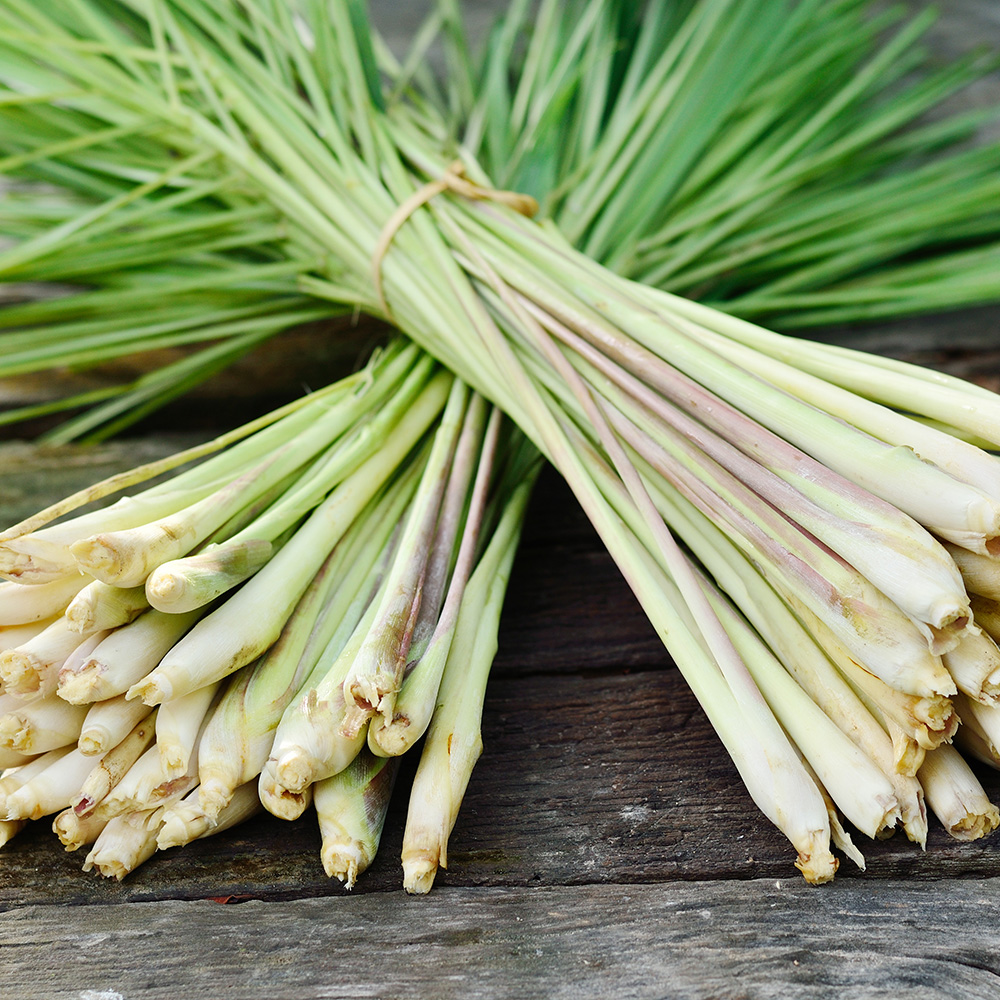
Gardening could become a bit boring if we never tried new plants in our yards. Plus, with many varieties carrying so many benefits, learning about new plants can enrich our lives. That’s why we make an effort to introduce you to new plant species periodically. This month, we’re shining the spotlight on Lemongrass.
Lemongrass carries many health benefits, due to its numerous antioxidants, flavonoids, and phenolic compounds. It is also a powerful anti-fungal agent. Lemongrass can be used to:
• lower cholesterol
• detox the body, cleaning the liver and kidneys
• possibly prevent cancer – studies have targeted skin and breast cancer, specifically
• treat staphylococcus aureus (staph) infection
• relieve a variety of stomach disorders
• help to induce sleep in those who suffer from insomnia
• lower fever
• treat a variety of mild respiratory problems
• cure fungal infections like athlete’s foot and ringworm
• possibly help prevent type 2 diabetes
• combat aches and pains
• calm anxiety and alleviate stress
• clean skin
• protect cells from free radicals and clean the blood
• treat edema (water retention)
• aid in weight loss
• repel lice, ticks, and mosquitoes
• manage body odor
• promote lactation
• stimulate menstrual flow and reduce cramping
That’s quite a lot of benefits for one plant to provide! It’s easy to see why herbalists love lemongrass so much. But you might also appreciate its lush, grassy appearance in your garden, or the fact that it is remarkably easy to grow. Gardeners also love lemongrass for its insect repellent qualities.
To grow lemongrass, you need a warm, sunny location such as our climate. Plant your herbs in rich, well-drained soil. Soil that is heavy in clay often kills lemongrass quickly, because it retains too much moisture.
Space your lemongrass plants about two feet apart, because they do spread a bit. Fertilize them with a plant food every few weeks during the growing season, and water regularly without saturating.
To harvest your lemongrass, pull up entire stalks. The best part (containing the most nutrients) is the wide part at the bottom, but you can use the entire leaf. Add lemongrass to soups or salads, or process it into your own homemade medicines.
Just a note of caution: It’s rare, but lemongrass allergies do exist. Use caution the first time you use your lemongrass harvest. And as always, consult with your physician if you’re using natural methods to prevent or treat any diseases. While plant medicine can be powerful and effective, you want to ensure that you’re using your concoctions safely, and that there are no contraindications with any medicines you currently use.
Come visit our nursery, and we’ll help you select a few lemongrass plants for your garden.


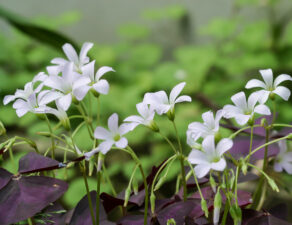

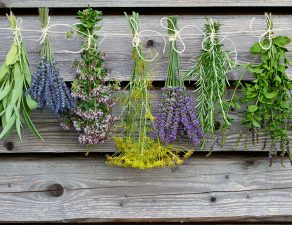
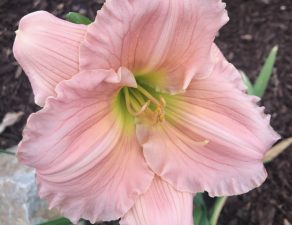

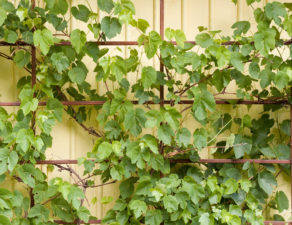

Write a comment: